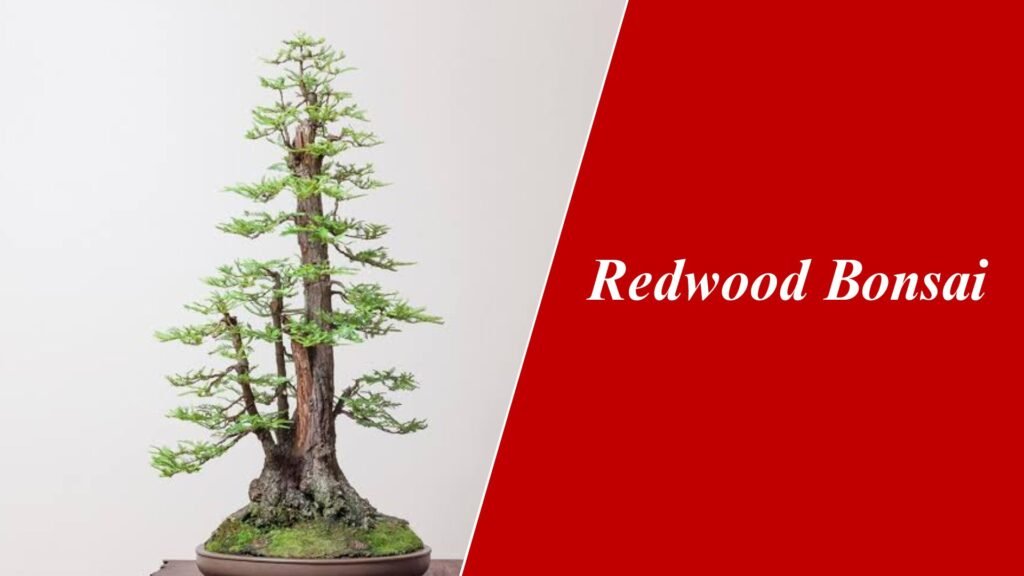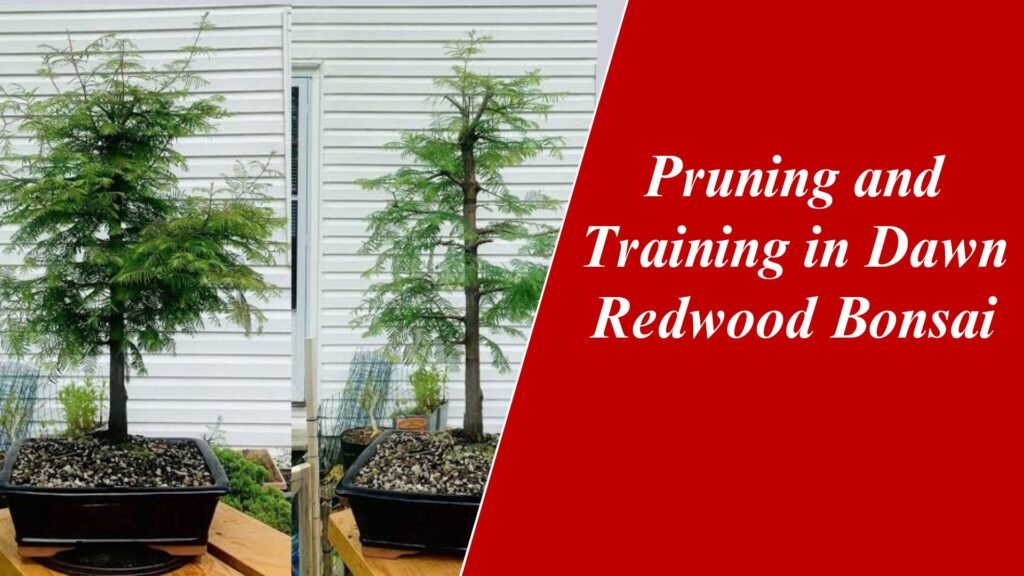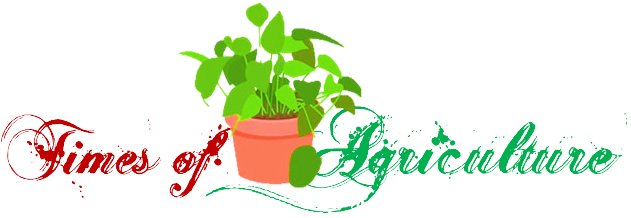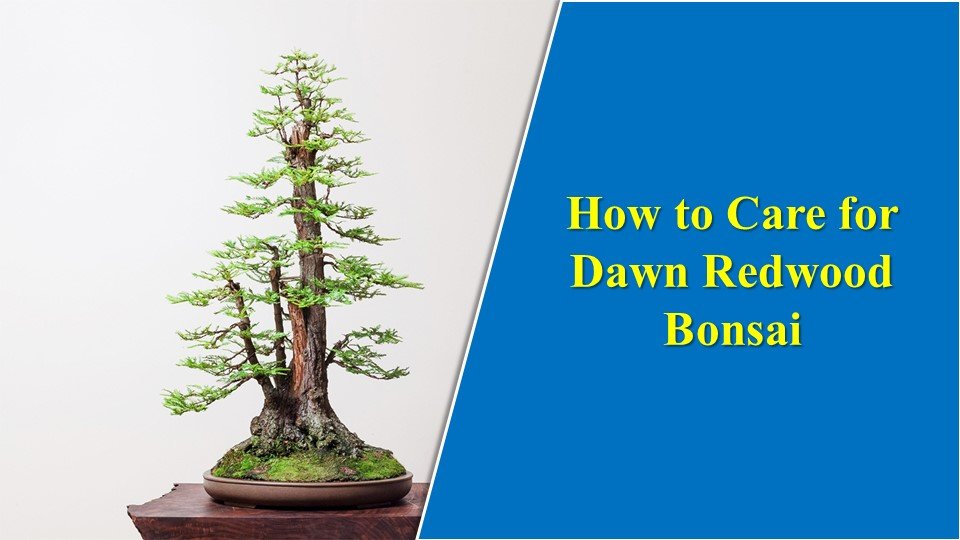How to Care for Dawn Redwood Bonsai: Convert a Giant into Miniature.
Wouldn’t it sound unreal, if I tell you that you can have the largest tree species in your backyard for as long as you want?
You will be amazed to know that it can be done by turning it into a miniature through the well-known art of Bonsai, One such thing was also tested on Dawn Redwood Bonsai. These does not only look aesthetically unreal but it can also be passed on from one generation after another. If you want to do the same, let us know how to care for dawn redwood bonsai.
Now, you must be wondering, Aren’t redwoods supposed to grow in their natural habitat in western North America and the coasts of Europe, where they get a unique and massive foggy ecosystem of their own?
The answer is, Yes, they need specific climatic requirements like any other plant and yet they can be grown in other parts of the world while fulfilling the needs of the plant by artificial means or by human intervention, just like coastal redwoods that were taken from their natural habitat and settled down due to similar climatic conditions in the area. So let us know how to care for Dawn Redwood Bonsai so it can sustain in areas where you want to grow them.
There are mainly two types of Redwoods among which, coast redwood is more popular for bonsai making while the other, that is, giant redwood or giant Sequoia is seldom used. It was found that The Dawn Redwood(Metasequoia glyptostroboides ), which was previously thought of as being extinct, is also well used for bonsai making after its later discovery in China. Today, dawn redwood bonsai is most popular as it can adapt to a wider climatic region.
ALSO READ: Cinnamon girl Distylum Care

How to Care for Dawn Redwood Bonsai
The process of making Bonsai is common among Redwood and other trees. But the difficult part is taking care of them. These are the only conifers with frequently growing vertical sprouts from root regions, in such cases the management of this tree becomes very difficult, another problem is the redwood tree has a natural tendency to grow gigantically, which calls for frequent repotting and pruning.
Let’s understand the role of climatic factors needed for the best growth of Dawn Redwood Bonsai.
Light
Dawn Redwood is a sun-loving plant, it thrives best when it gets more than six hours of daily sunlight. If you are planning to grow the bonsai indoors, then keep the pot near a south-facing window, it will allow a sufficient amount of sunlight to the plant.
During scorching summers, provide morning sunlight and partial shade during the day. Be vigilant about the response of the plant in the presence of sunlight.
If drooping leaves are observed in the shade, keep them in sunlight for a few hours and if yellowness appears, keep it in the shade to save it from scald.
Temperature
Although Redwood trees are related to conifers, these spiky trees can’t tolerate a temperature below 32°F. Exposure to such low temperatures can result in die-back and restriction on the metabolic activities of the plant.
Temperature can be manipulated with the help of sunlight and moisture adjustments. Brown-yellow leaves indicate extreme hot conditions while droopy leaves indicate low temperature. One can adjust the temperature with the help of fluorescent lamps or heaters.You can also use a mistifier or mulch to maintain the moisture in the microclimate of the bonsai. A hygrometer can also be used to determine the humidity levels, and then adjust accordingly.
Water
This redwood needs to have enough moisture around it, but not sogginess in the soil. Frequent watering in summer will support the bonsai growth and help in overcoming heat pressure. And as the redwood is deciduous, which means it will fall its leaves during winter so at that time of the year, reduce the frequency of watering the bonsai.
Always check for proper drainage in the pot, and don’t settle for anything less than perfect draining soil and pot. Regularly, it is suggested to water about a cup every 9 days. You can also check if your plant needs water by digging your finger about two inches into the soil. Up to this depth, if the soil is completely dry, only then water the plant.
Fertiliser
Bonsai is meant to grow in a managed nutritional environment, so that it may not show any sign of excessive growth. It is best to use an organic fertiliser, or compost mixed soil in the pot. Use this organic fertiliser only once or twice a month. Don’t overdo it. Otherwise, it may ruin the style of bonsai. The fertiliser mix is available in the market these days, so you don’t have to worry about preparing the mixture.
Pruning and Training in Dawn Redwood Bonsai
Pruning and training are an essential part of bonsai art. Training is done for stability and styling of the bonsai, while Pruning is done to manage its growth. As the redwood is supposed to grow very fast, hence the pruning will be much frequent too.
Always go for pruning during the active growth period which is usually the spring season for a redwood. Remove all the branches close to the roots. About two inches of trunk must not grow any branches. The tree must not look like a bush.
Root pruning is another aspect of nutrient management in bonsai. But root pruning is only done at the time of repotting when all the lateral, dead and diseased roots are pruned out.
For minimising the size of the leaf, pinching is done in the bonsai, it promotes smaller size of the leaves and maintains the proportion of the bonsai plant. Usually, heavy pinching is done in the case of bonsai.
Training is done with the help of a copper wire which is attached to the pot via drainage holes. It helps in the moulding of the branches. It can stay with the plant for up to two years. But it needs to be fixed again after two years or when it starts scratching the bark of the bonsai. Be careful while training the bonsai, do not break or harm any branches.

Propagation in Dawn Redwood Bonsai
The growth and performance of bonsai depend on what propagating material you use for making the bonsai. It could be a seed or plant that originated from the roots of a mother plant or tree. But Air layering and cuttings are also popular methods and hence they will look exactly like their parents.
Cuttings can be taken during spring and the saplings will be ready by fall. Instead of using a water sprout that is too hard to root, take a dormant hardwood cutting that is 2 cm thick and 20 cm long and dip it in a rooting solution or IBA. Under moist conditions or misting chambers wait for the root emergence. When the sapling is ready, plant it in a normal pot and let it grow for at least two years before styling it for bonsai.
Repotting of Dawn Redwood Bonsai
Repotting is supposed to be done every two years, but it can also be done when the roots become completely pot-bound, the drainage in the pot is relished or when bonsai is infested with rotting or any other soil-borne disease.
The first step of repotting is depotting. Leave the pot for six hours after watering. Then, carefully remove the plant along with the root ball. One by one detangle the roots and remove extra, long, dead and rotted roots and carefully check the new mixture for drainage.
Treat the new mixture and roots of the bonsai with fungicidal paste-like chaubatia paste, mancozeb, bordeaux mixture, etc. Sanitise the equipment and pot or tray before potting. Make the plant steady and fill the mixture in the pot leaving at least one and a half inches of pot from above so that soil may not splatter during watering.
Pest and Diseases
The dawn redwood may rarely experience any disease or pest attack. It may experience rotting caused by pythium and other soil-borne fungi that infect in the presence of excessive watering, or sunscald due to excessive sunlight. These can be cured by placing the bonsai in the right place. In case of a fungal attack, use a foliar spray of 0.2% Mancozeb. A few pests like aphids, jassids and spider mites could be seen near the plant. Use insecticides like metasystox and acaricide to get over these pests.

Conclusion
Human beings are capable of so many incredible things, and bonsai is also one such thing. Doesn’t matter how big and strong the tree lives in its natural habitat. The bonsai principles didn’t change, even for the tallest tree on the planet. With strong motivation and perseverance, you can also grow your own Dawn Redwood Bonsai.
After learning how to care for dawn Redwood bonsai, you might find it easy and indulging. If you have the resources and a little time to take care of this plant, go for it. After all, bonsai art is therapeutic and of high economic value. So get your own Dawn Redwood Bonsai today!
ALSO READ: How to make Orange Tree Bonsai

